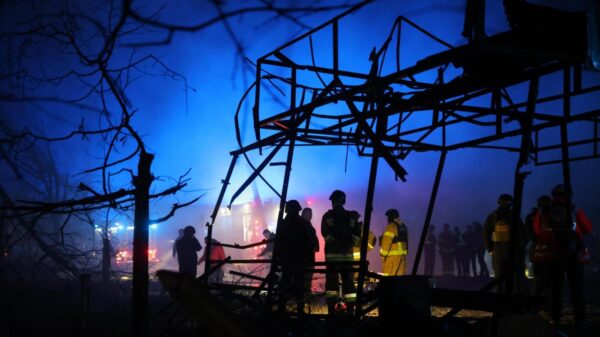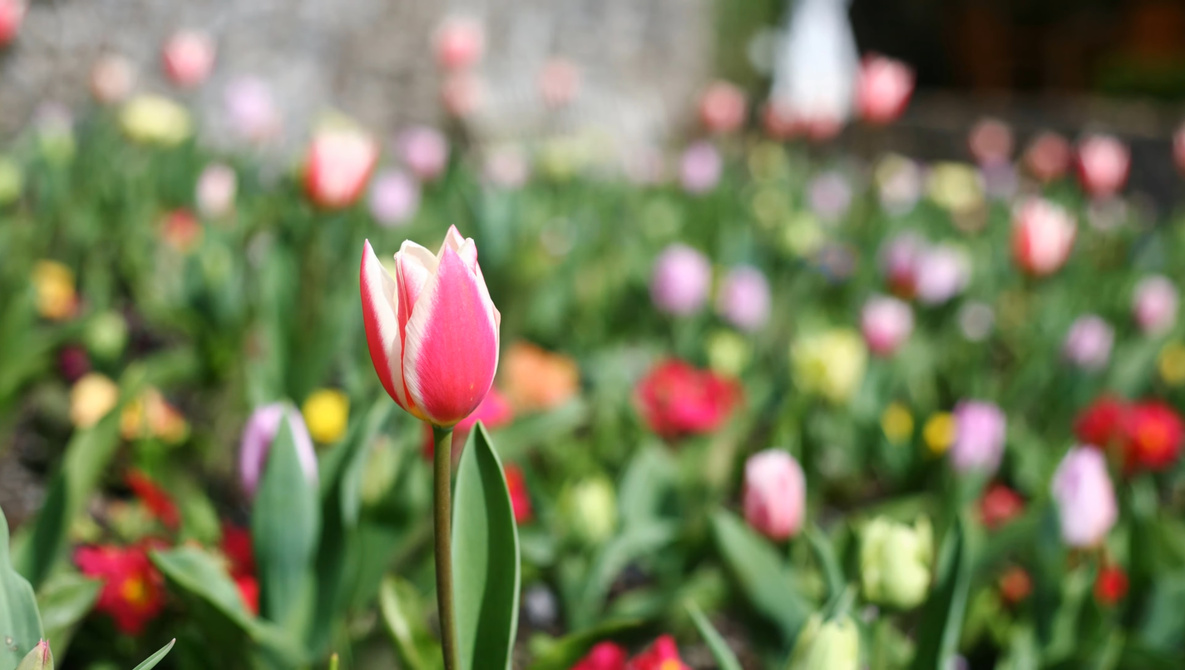The Canon 5D, launched in 2005, revolutionized photography by offering full-frame image quality at an unprecedented price. Nearly two decades later, this iconic camera remains relevant, providing insights into how far technology has advanced. A recent video review by photographer Alex Cooke examines the capabilities of the Canon 5D in 2024, revealing both its enduring strengths and its age-related limitations.
In its prime, the Canon 5D retailed for approximately $3,300, but today, users can find it for around $150, sometimes even bundled with a lens. Despite its modest price, the camera still produces sharp, usable images, particularly when shooting in raw format. The review highlights that while the 12-megapixel sensor may seem small compared to modern standards, it remains capable of delivering impressive results in the right conditions.
Strengths and Limitations of the Canon 5D
The video highlights several quirks that indicate the camera’s age. Autofocus is limited to nine points, and there is no live view feature, requiring photographers to compose shots through the viewfinder. Additionally, the rear screen is both small and low-resolution, making it challenging to accurately judge focus and color.
Despite these drawbacks, Cooke praises the build quality, noting the magnesium alloy body provides a solid feel. The camera offers basic but dependable features, including mirror lockup and long exposure noise reduction, contributing to a responsive shooting experience. While it lacks modern enhancements, this simplicity can be appealing for those who appreciate straightforward photography.
The review also addresses the camera’s performance under various lighting conditions. At low ISO values, images maintain crisp detail, but noise can quickly become apparent beyond ISO 400. By ISO 1,600, shadow areas may begin to deteriorate, and the extended ISO 3200 presents noticeable issues. The absence of contemporary dynamic range tools necessitates careful exposure management.
Color Performance and Historical Context
Outdoors, the Canon 5D generally captures good colors. However, under artificial indoor lighting, the auto white balance often results in an orange hue, a characteristic reminiscent of Canon cameras from that era. These imperfections highlight the technological advancements that have occurred over the past two decades.
Cooke’s detailed review serves as a reminder of the camera’s legacy and its place in the history of photography. The Canon 5D not only paved the way for future models but also exemplifies how user preferences have evolved alongside technological innovations.
For those interested in exploring the full capabilities of the Canon 5D, the video provides an in-depth analysis that underscores both its strengths and limitations. As the price continues to drop, it presents an intriguing option for budget-conscious photographers seeking a piece of photographic history.



































































